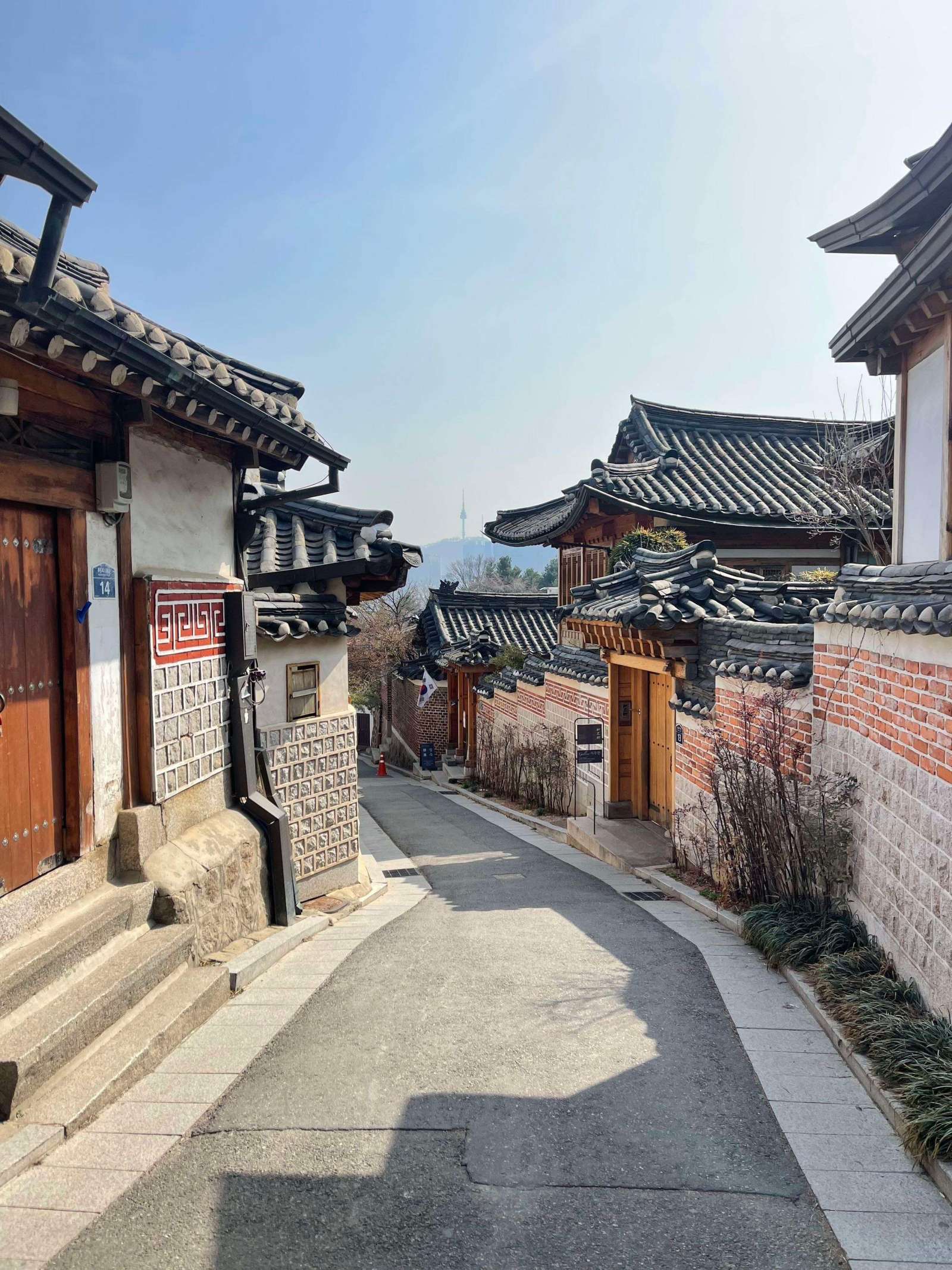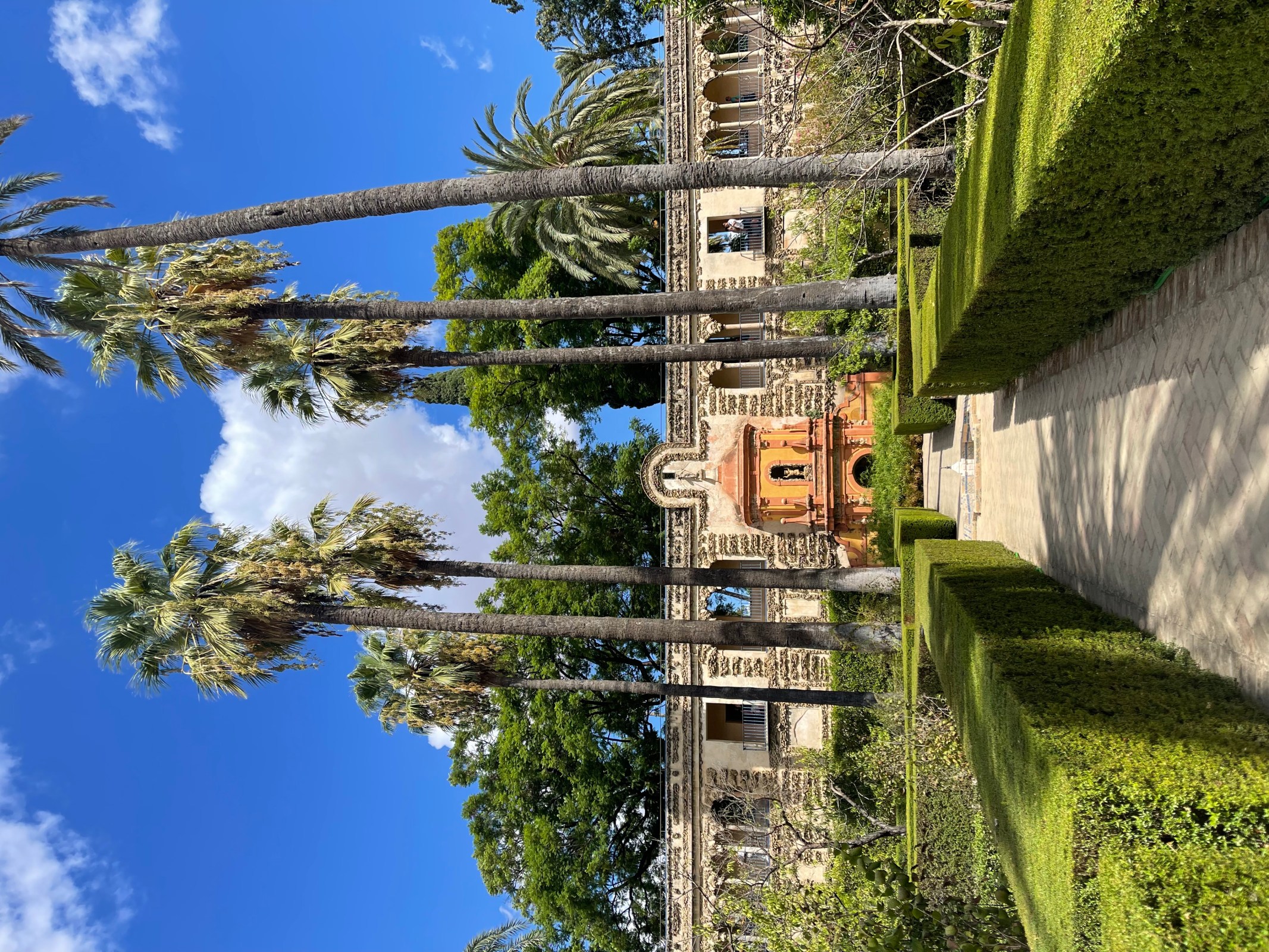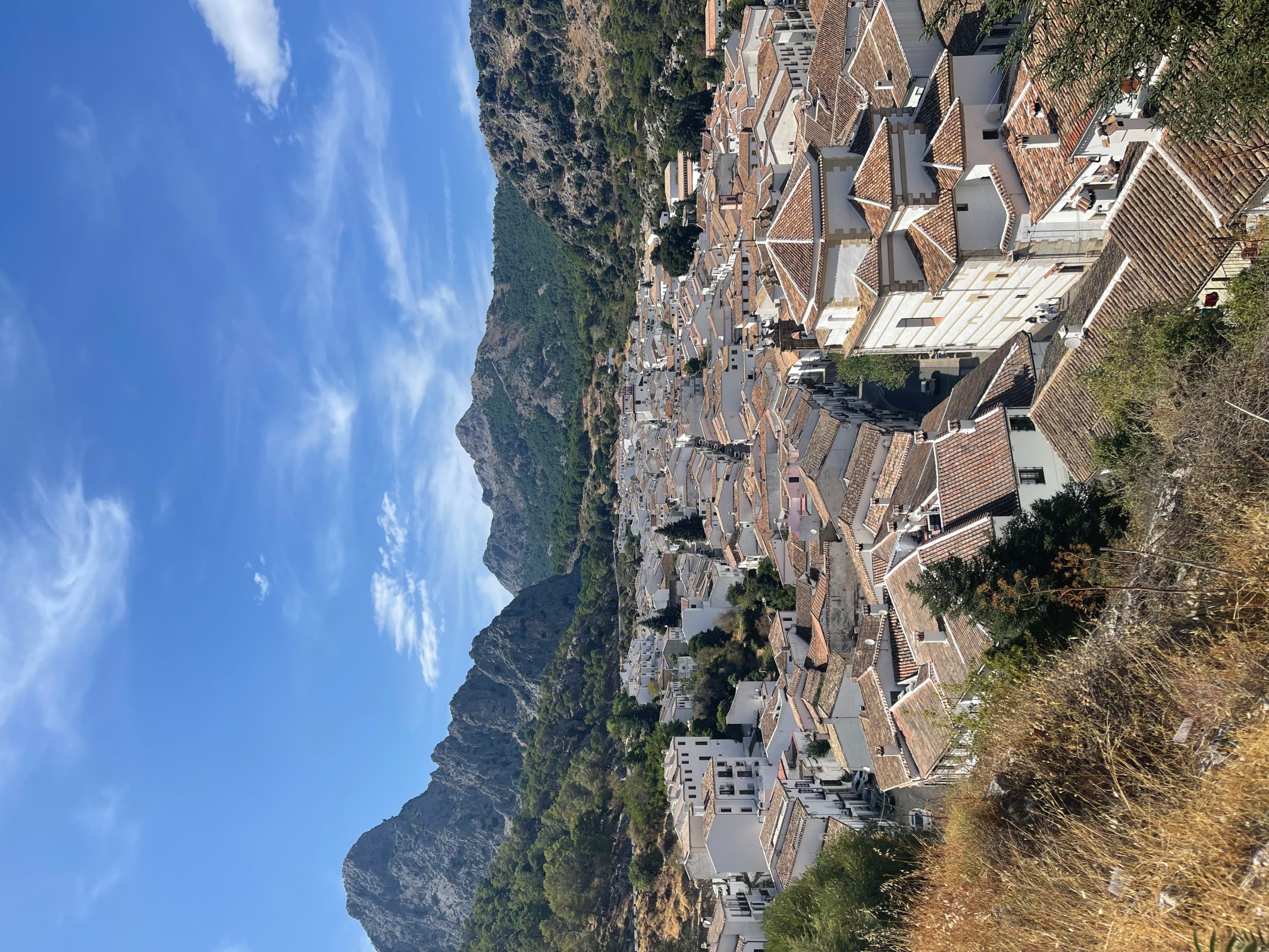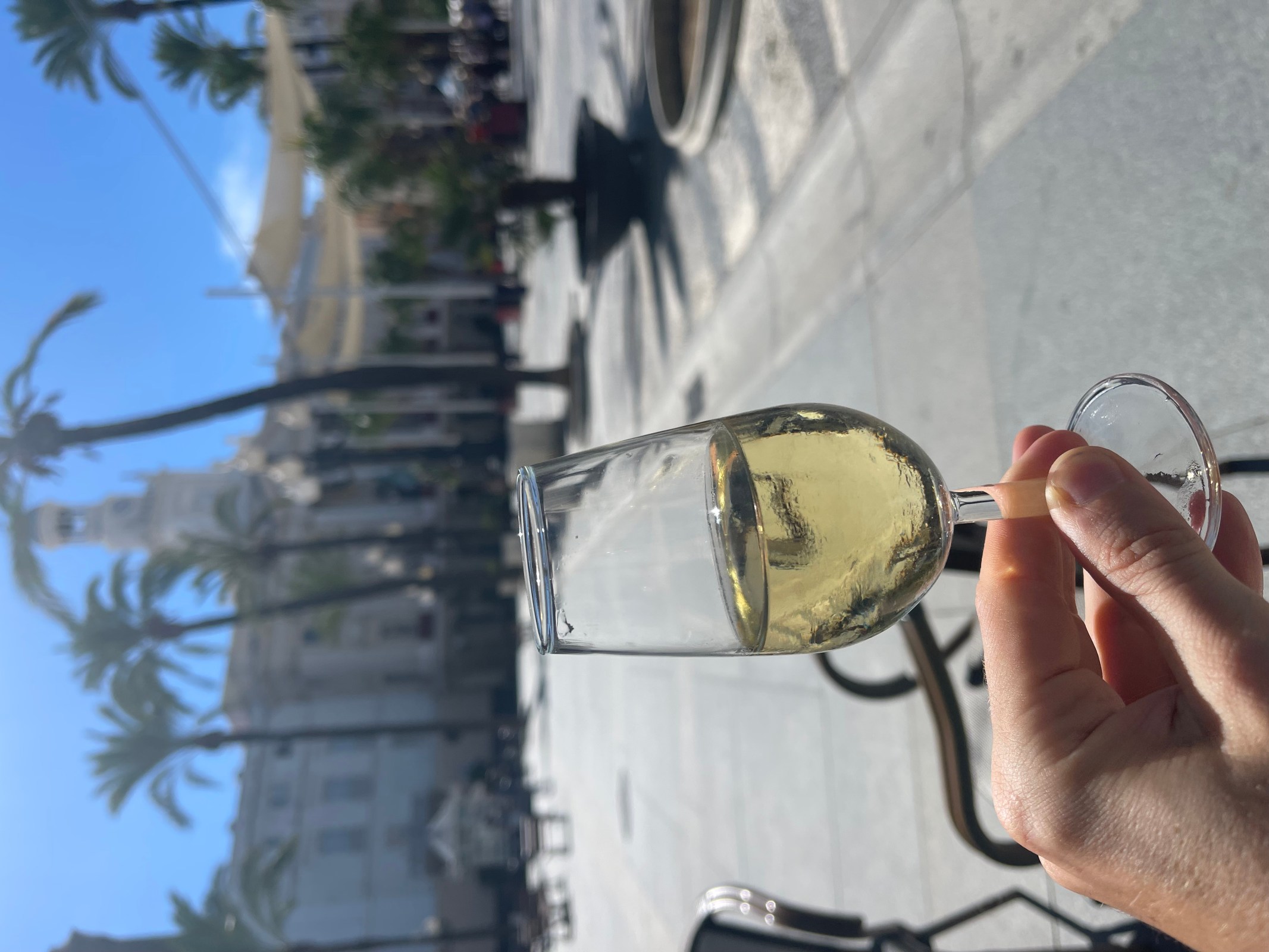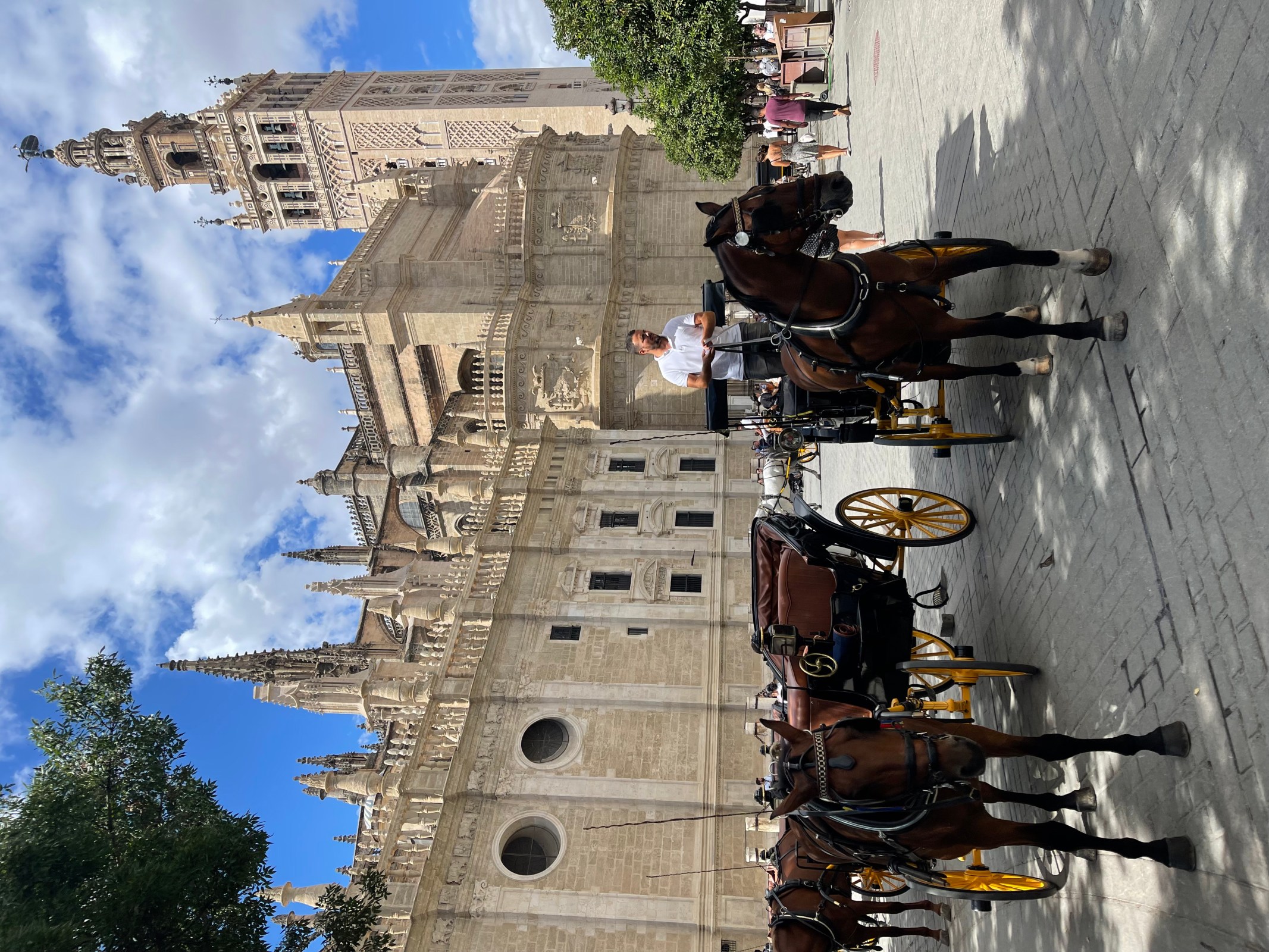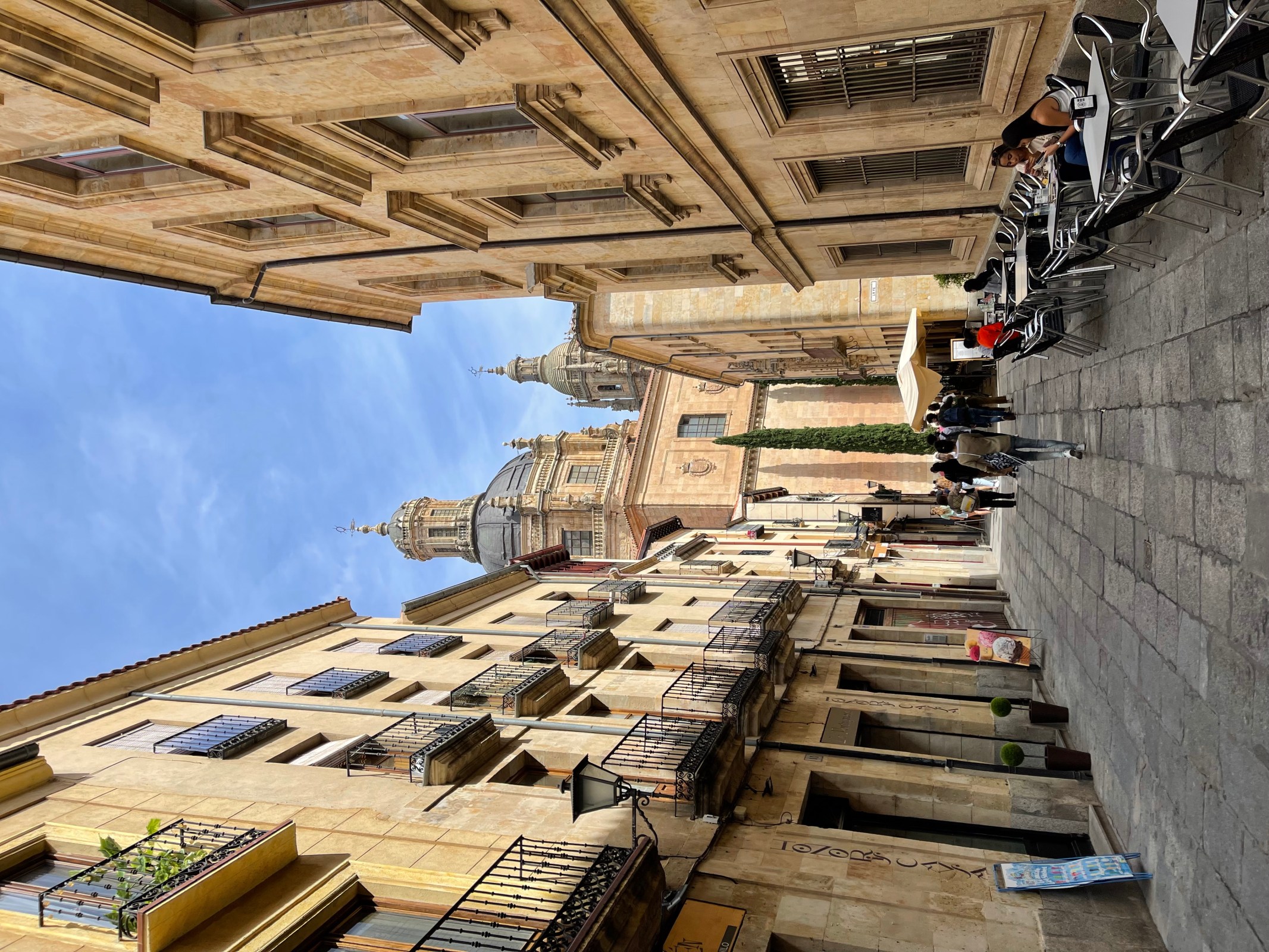You’ll typically have to travel through Chiang Mai if exploring Northern Thailand, and its actually quite a nice spot to spend a couple of days to recharge before your head off on your next adventure. Whilst it is developing at quite a pace, it still maintains a nice combo of chilled out vibe, ancient Old Town, plus having all the amenities and a bunch of things to keep you occupied for one of two days. High level tips:
- The Monk’s Trail to the temples of Wat Pha Lat and Wat Phra That Doi Suthep in the nearby western hills of the city is worth doing. The walk itself is nice, the temples quite cool and the views from the top worth it. You can walk from the Chiang Mai University, or, considering the heat, its easier just to get a Grab taxi (super easy to get) to the start of the trail
- Make sure you try a few Khao Soi (noodles in curry, the Northern Thai speciality) . . . and do so one of the night street markets. Talat Pratu Chang Pheuak market was easy, and aim for the Cowboy Hat Lady (you can’t miss her)
- Have sundowners on the rooftop of one of the hotels / bars – Chiang Mai is flat, but surrounded by hills on all sides. The sunsets are beautiful, and would really recommend from Hotel YaYee
- There are some fab restaurants in Chiang Mai – just wander through the streets full of them. Our favourite was Huen Muan Jai
- Best time of year to visit is November to February – the weather really is perfect, with super clear blue skies, warm days and cooler nights. Don’t go in March – that is when the farmers do the burning and the air is horrible
- The inner town is easily walkable, but its often easier to just set up a Grab account to get around. There seem to be thousands of them, really cheap and a bit of a life saver in the heat
- If trying the weed, go very slow. We tried two of the joints and entered another dimension
- Accommodation – we stayed at the Yesterday Hotel and would recommend


